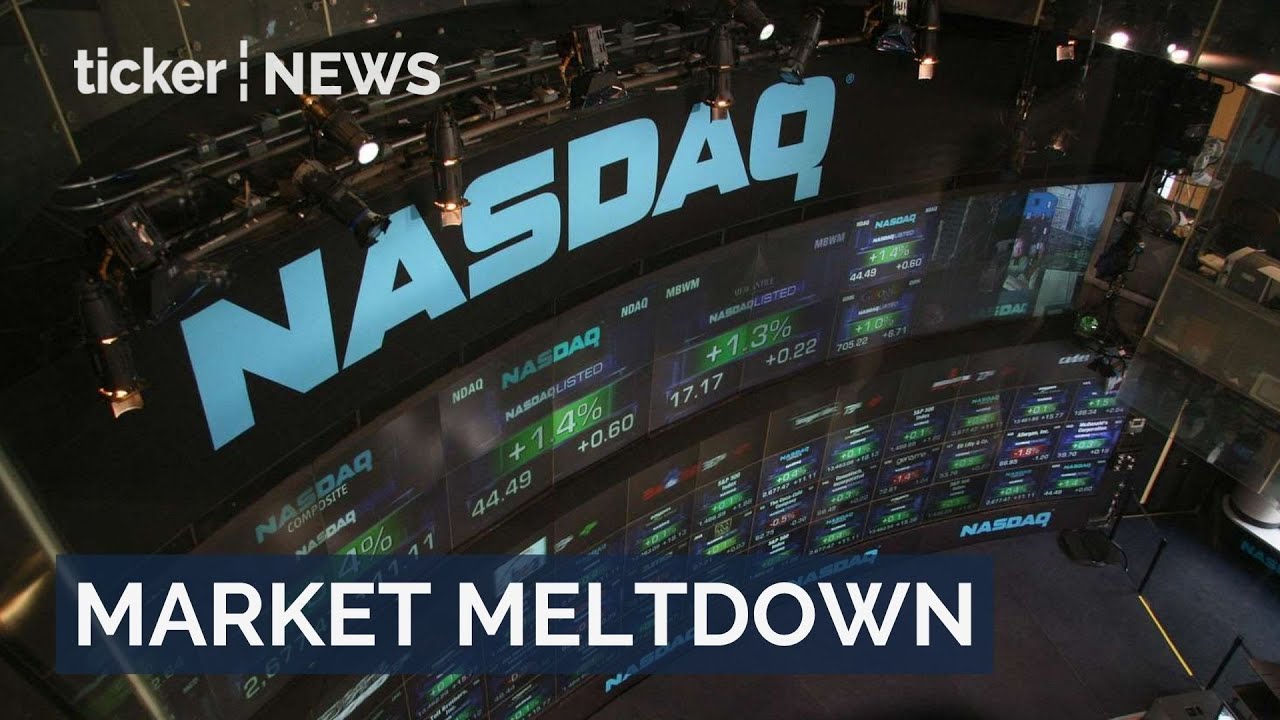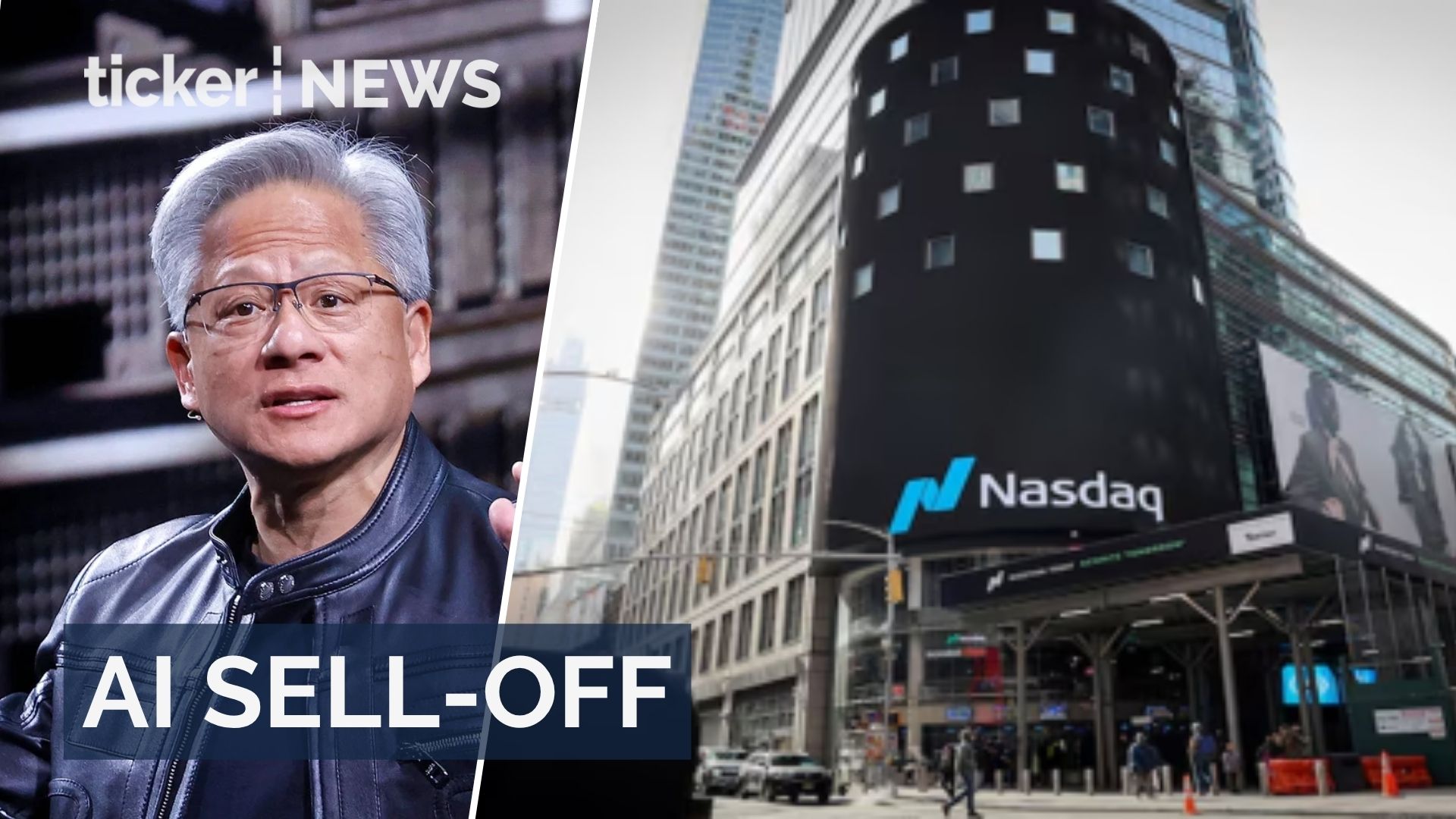The aftermath of Russia’s invasion, which commenced a year and a half ago, has witnessed the United States furnishing Ukraine with over $47 billion worth of military support.
While this assistance proved instrumental in restraining the Russian onslaught, it fell short of achieving Kyiv’s aspiration of reclaiming the entirety of Ukrainian territory.
The latest appeal from the White House for an additional $13 billion to sustain military aid underscores the extended commitment needed to bolster Ukraine’s defense.
Unlike the initial phase of the conflict, where apprehensions of escalation dictated the supply of equipment, the current aid package incorporates some of the most formidable and expensive items from the U.S. arsenal, such as M1 Abrams battle tanks, Patriot missile defense systems, and HIMARS rocket launchers.
Regrettably, a substantial portion of these assets has already been obliterated.
Estimations suggest that up to 20% of the weaponry deployed by Ukraine during the initial stages of its recent counteroffensive, including numerous Western-supplied platforms, were either impaired or destroyed within the first fortnight.
This disheartening attrition rate has compelled Ukrainian forces to recalibrate their strategies and could potentially strain the global capacity to sustain their war effort.
The prevailing narrative highlights the intense challenges encountered by Ukraine as it endeavors to breach a well-fortified adversary’s defenses.
This endeavor is inherently arduous and results in elevated casualties, both in terms of personnel and equipment. Despite their persistent efforts, Ukrainian forces are yet to overcome these defenses, indicating the rigorous nature of the conflict.
Fighting vehicles
Among the assets bearing the brunt of this battle are the American Bradley fighting vehicles, which have played a pivotal role in safeguarding Ukrainian troops during the counteroffensive.
While the U.S. committed to sending 190 of these vehicles, photographic evidence documented by the open-source blog Oryx reveals that at least 23 have been obliterated, with an additional 21 sustaining damage and 5 being abandoned.
The scale of destruction extends beyond Bradleys, encompassing more than 60 M113 armored fighting vehicles, 57 Maxxpro mine-resistant vehicles, and over 100 Humvees.
These losses collectively amount to hundreds of millions of dollars in value. Such attrition levels, though disheartening, align with projections from military experts who anticipated the formidable challenges posed by Russia’s entrenched defensive positions and evolving tactical approaches.
Evolving tactics
As a response to these setbacks, Ukrainian tactics have evolved.
The initial emphasis on vehicular assaults against Russian positions has given way to a strategy focused on wearing down enemy defenses through sustained artillery barrages from a distance.
This approach has yielded some reduction in equipment losses, with a drop from 20% to 10% after the initial two weeks of the counteroffensive.
However, this methodical approach, while preserving costly combat systems, entails gradual progress and heightened ammunition expenditure. The protracted nature of this attrition-based conflict implies prolonged hostilities and more casualties for Ukrainian forces on the front lines.
Ukrainian officials, acknowledging this shift, now discuss the prospect of triumphing through attrition, although skeptics caution against underestimating the high cost of such a strategy.
While Russian losses have also been substantial, with more than 2,200 tanks lost since the conflict’s outset, Ukraine’s predicament is accentuated by its relatively limited inventory.




 Tech3 days ago
Tech3 days ago


 News2 days ago
News2 days ago


 Property2 days ago
Property2 days ago


 News3 days ago
News3 days ago


 News3 days ago
News3 days ago


 Leaders2 days ago
Leaders2 days ago


 Tech1 day ago
Tech1 day ago


 News4 days ago
News4 days ago







